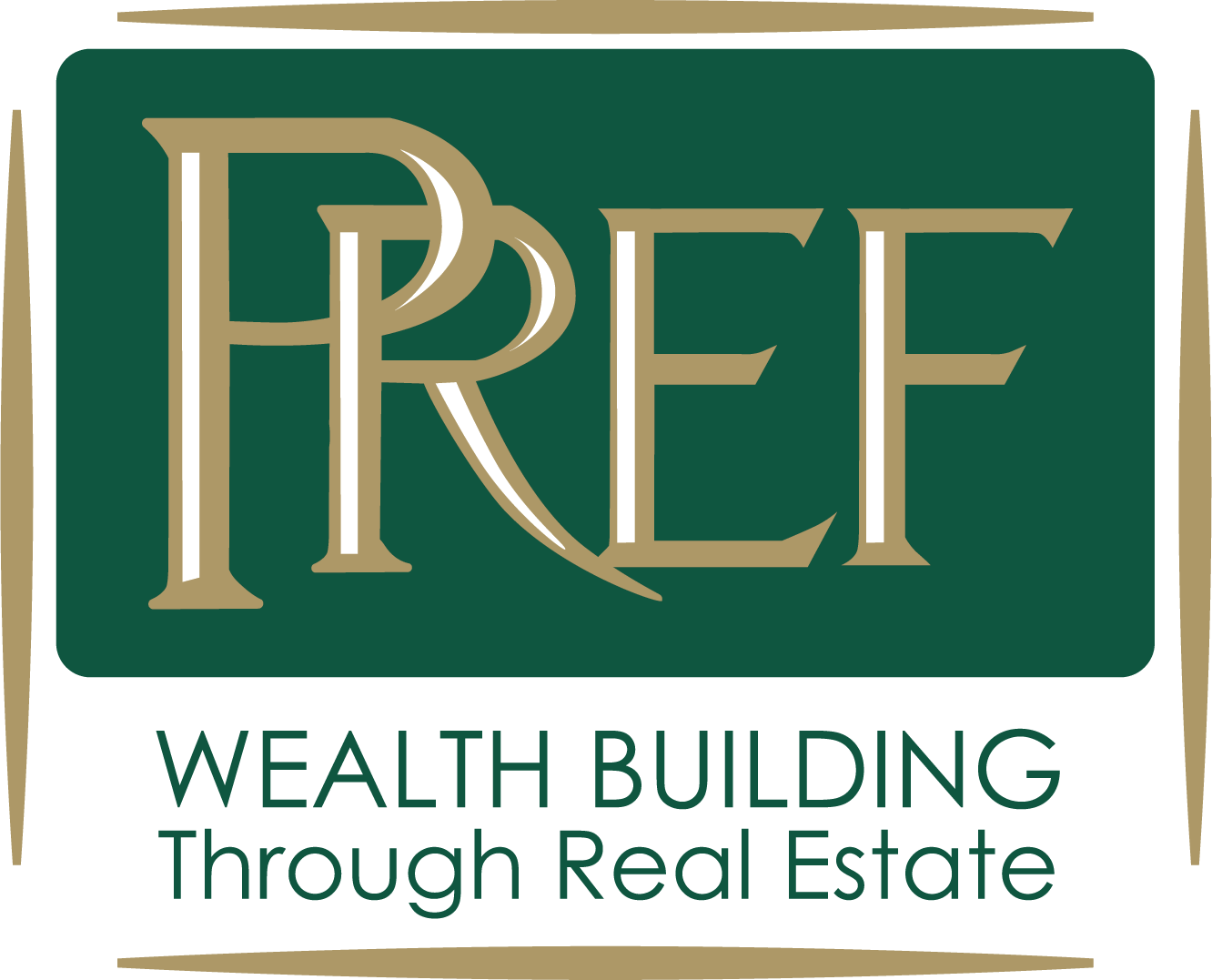Timing the Real Estate Cycle
Know Your Phases
We all know the phases of the moon. You start with the new moon, move toward the glorious full moon and always return to the new moon. Just like the moon, the real estate cycle has phases. There’s no real starting point and no real ending point. It just recycles, repeatedly.
Every phase of the real estate cycle presents unique challenges and opportunities; it’s essential to recognize which phase is currently occurring. Failure to do so can mean a huge misstep, resulting in significant monetary loss.
I’ll address the real estate cycle in the next three blogs, which will include:
- Descriptions of each phase
- Strategies for each phase
- How the current real estate cycle differs from previous cycles
Recession
Recession, Depression, Down Market. Call it what you want, but this phase of the real estate cycle is typically characterized with oversupply in at least one property type. Lenders stop lending. Investors freak out and withdraw from the market. The capital faucet is literally turned off. Inability to refinance or sell properties to pay off debt results in foreclosures.
Distressed Selling
In a recession, everyone’s depressed: lenders own property they don’t want, investors have lost money and property values have declined, often significantly. The market is locked up. Investing in the RE market is just not desirable. Then, there’s a sliver of light: people start to realize there are bargains to be had.
Banks must get distressed assets off their balance sheets (even below book value of their loans), so they start selling. Creative investors who see opportunity (better known as sharks) assemble money to buy properties below replacement. The markets are starting to recover but how long that will take and how strong the recovery will be is still unknown. Risk remains high.
Value Creation (Stage 1)
As the market recovers, vacancies start to decline, and rents start to rise. Having bought cheap, investors start improving their properties. Lenders are slow to re-enter the market, so borrowing is still a challenge; nevertheless, savvy investors, who recognize the opportunities at hand, are becoming more active. The pain is fading.
Value Creation (Stage 2)
In this phase of the real estate cycle, market recovery is accelerating. Investors are less cautious. With lower interest rates, banks are again lending, albeit conservatively. Looking to capitalize on their “great buys” and investor confidence, the sharks start selling their properties and taking profits. Those investors are happy and now look for new opportunities. Rent, occupancies and values are still not high enough to justify new construction, so supplies remain stuck, resulting in a steepening value curve.
Mature Investment Market
Happy days are here again. Investors have regained confidence and have money to spend. Interest rates are still low, and with most distressed assets sold, banks start lending more aggressively. Properties are cash-flowing. With occupancies and rents high, new development begins. Values continue to rise, although more slowly.
Development Market
Rents and values are up. Vacancies are down. New construction accelerates. Investors, having all but forgotten the pain of the last recession, are flush with cash. Lenders are aggressive. Values of existing properties are peaking. There is simply more capital chasing deals than there are opportunities. The downside risk is increasing. The “nothing can go wrong” mentality is taking over. New project announcements are appearing almost daily.
Overdevelopment and Bust
Like the new moon, this phase is inevitable in the real estate cycle. Everyone is bullish, and the market is operating on all cylinders. But with values and supply peaking, something unforeseen rocks the economy and/or the financial markets.
Occupancies and rent level off or start to decline. Cash flows weaken threatening debt service. Equity and debt are no longer available. Tenants for buildings in the construction pipeline start to disappear. Some existing tenants will experience financial issues and default on leases. There are few, if any, buyers. New developments are put on hold.
So, here we go again…
Stan’s Takeaway
It’s obvious the phases of the real estate cycle really differ. In some phases, it is prudent to be more aggressive. In others, defense is the prudent strategy. Better to pay attention than get caught off guard.
Where do you think we are today? I bet you know.
Our next blog explores the strategies for each phase in more detail.



